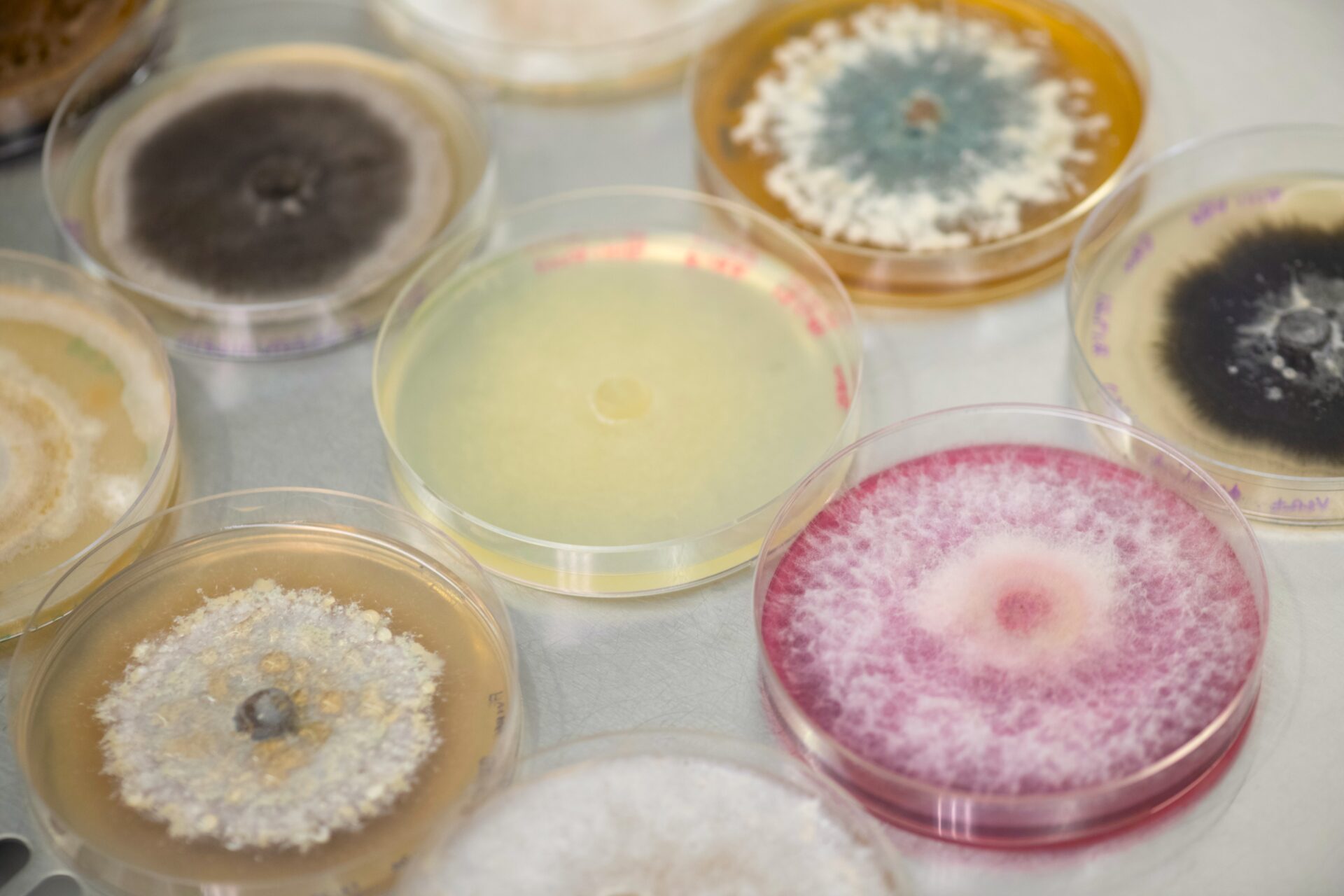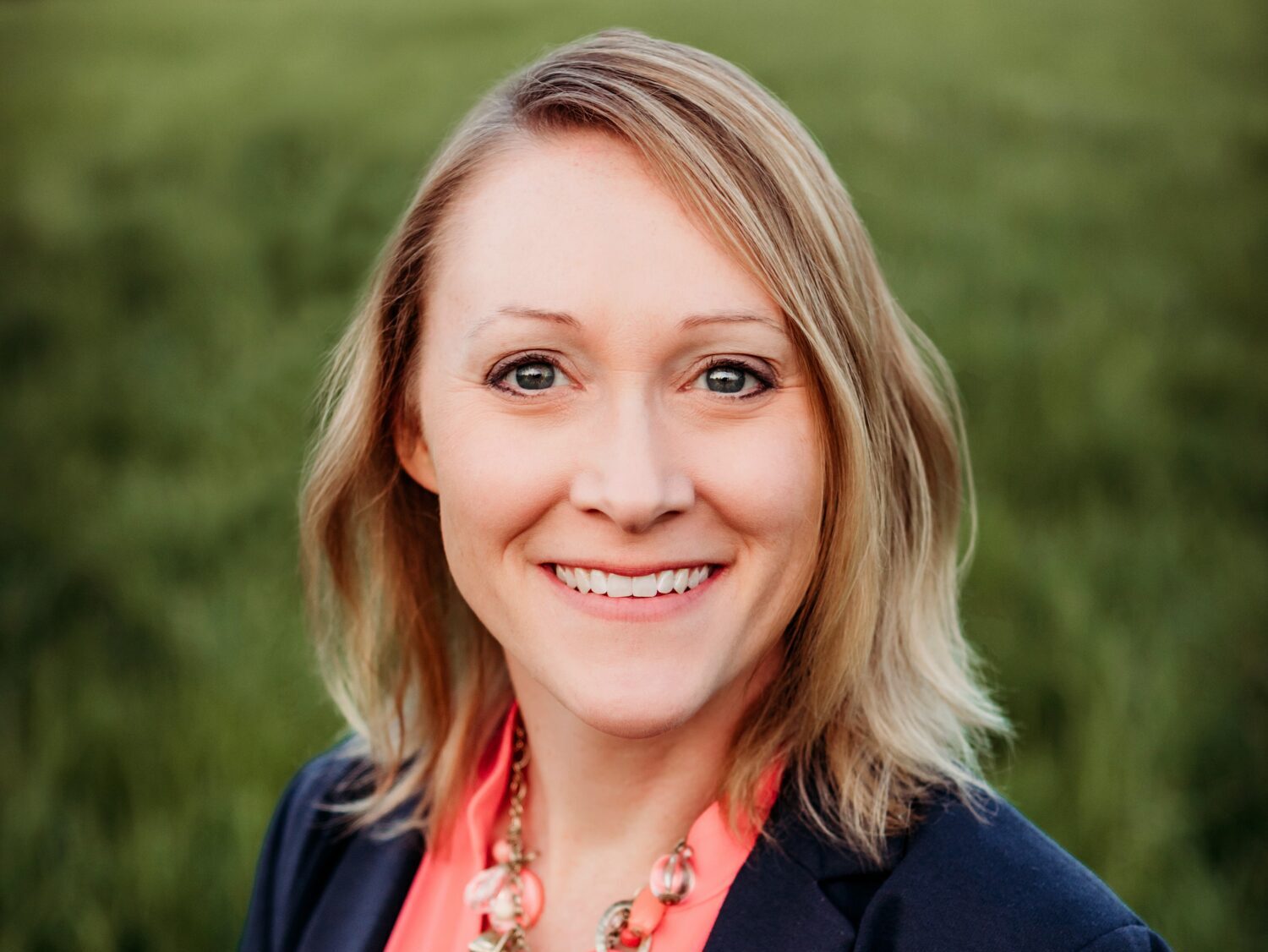Microbes play a huge role when it comes to biological crop protections and plant health. But in many products, these microbes play alone, which is not what nature intended.
Microbes don’t live as isolated entities, but instead interact with one another, says Dr. Keri Carstens, president and CEO of US-based Jord Bioscience. And certain microbial combinations can enhance beneficial bacteria in the soil to stimulate plant health and protect against pests and disease.
The company is bringing more of these interactions to the crop biologicals space via customizable microbial solutions that can promote specific modes of action for major crops such as soybeans, canola and wheat.
Jord is currently conducting field trials and this month also closed a $7 million Series B round, which will put the company further along its path to commercialization.
Microbial symphony
Jord Bioscience was founded in 2019, but the company’s origins go back to the 1990s and University of Minnesota’s Dr. Linda Kinkel’s work in microbial ecology and how it benefits plants for crop protection.
Specifically, her work focuses on how microbes interact and how that interaction can be leveraged to improve plant health, says Carstens.
She likens these combinations of microbes to an orchestra, where one distinct microbe acts as the conductor that tells the others when to “play” louder, softer, slower or faster.
Jord’s offerings include a “vast and unique” collection of more than 6,500 microbes as well as biological product strategy expertise it provides to other companies.
“If a company has an existing product, it’s typically a single-strain microbe that has the ability to do some great things,” says Carstens. “Sometimes it does all of those great things. The majority of the time it does some of those good things, and then sometimes it’s not doing any, probably because [the microbe] is a living thing that’s looking for its partner.”
Companies can work with Jord to select the exact microbes from the collection that enhance performance or promote new outcomes when combined with their own products, or develop an entirely new biological offering driven by the Jord collection and playbook.
The company claims it can fast-track novel product development, knocking the timeline down from years to around 10 months — no small feat in an industry where seven years is the going average.

Farmers deserve better tools
Jord also offers what it calls its “biology playbook” for crop protections.
Up to now, the industry has essentially taken a chemistry playbook and tried to apply it to biological products, says Carstens.
“That’s not wrong, but it’s definitely not optimized for living things.”
Jord’s Biological Playbook, she adds, leverages the unique interactions between microbes, which leads to improved crop productivity and consistency in performance across various environments.
“By understanding and then leveraging the dynamics of living biologicals and how they respond to unique environments, Jord helps agribusiness partners transform their product portfolios by starting with the end in mind and optimizing how biologicals work.”
Farmers, she says, deserve better-performing tools to help them combat the challenges that just keep coming: climate pattern changes, new diseases and pests, growing pest resistance to existing crop protections, and regulatory challenges for synthetic chemistry.
“One of the greatest problems for the industry right now is that these biologicals need to perform consistently for farmers to want to use them,” says Carstens. Only then, she adds, will the industry see the uptick in adoption it has long desired.
This goes for regenerative and conventional farming, since at the end of the day it’s about providing better solutions to farmers, she says.
Towards commercialization
“Jord BioScience stands out by offering a fast and cost-effective approach to product differentiation, life cycle management, and revenue generation for agricultural companies,” noted Francis Goelet, director at VC firm Silver Blue, which led the Series B round for Jord.
Discovery Capital Funding, a matching equity investment program for University of Minnesota, Minnesota’s Small Business Credit Initiative (SSBCI) Direct Investment, and existing investors also participated in the round.
Jord is currently doing field trials with partners and the funding raise will go towards product development and commercialization goals.
Carstens says the new capital will “fund and expedite our later-stage product development, specifically with the partners we have and as we’re progressing towards commercialization.”




